The precedented outbreak of Coronavirus across the world has left many countries fighting the pandemic across various fronts. However, the worst affected would the developing countries, which are not only tackling the pandemic through healthcare, but also the alarming rise of issues like the migrant crisis, bringing back the country’s economy on track, etc.
Handling the migrant population is humongous in India, given its large population, along with both the intra and inter-state migration in the country. As per the data collected by the Ministry of Skill Development and Entrepreneurship, about 67 lakh migrants have returned to their home across 116 districts in India. (Source: Indian Express)
To understand and answer some of the critical questions pertaining to the migrant crisis, IIMB’s Centre for Public Policy along with Ministry of Skill Development and Entrepreneurship (MSDE) and National Skills Network – NSN organised a webinar – “Reconnect and Rebound: A Webinar on Migrant Workers, Employment and Economy” on 24 June 2020. In this report we present a gist of the presentations made by the speakers.
Reconnect and Rebound: A Webinar on Migrant Workers, Employment and Economy
Professor Arnab Mukherji, Center for Public Policy, IIM Bangalore (for details watch the above video: 0.00 – 8.22 )
 The agenda for the webinar was set by Professor Arnab Mukherji, Center for Public Policy, IIM Bangalore. From the findings on status of employment in India, he mentioned that the demand for work across many districts in India has reduced from 400 million to about 270 million starting from the month of April 2020.
The agenda for the webinar was set by Professor Arnab Mukherji, Center for Public Policy, IIM Bangalore. From the findings on status of employment in India, he mentioned that the demand for work across many districts in India has reduced from 400 million to about 270 million starting from the month of April 2020.
He added that the webinar was conceptualised as a platform to primarily reach out to the state level institutions, for effective planning by MSDE through SANKALP program for skill development and to understand employment linkages better.
Reconnecting with employment: Approaches at SANKALP
Dr. Maneesh Mishra, Lead Consultant, SANKALP, Ministry of Skill Development and Entrepreneurship (MSDE) (for details watch the above video: 8.23 – 17.22)

“There are 500 million internal diaspora in India. Due to the Coronavirus pandemic, we have seen a recent movement of workers from destination states to states of labour. However, the intra-state migration has traditionally not been considered equal to the inter-state migration.
The government is acting at an unprecedented scale, by keeping many resource centres at disposal to manage the situation. Businesses, civil society and other organisation too have responded to the migration challenge.
The recently launched Garib Kalyan Rojgar Abhiyaan by the Government of India is covering 116 districts in India. Through this scheme, for the first time in India, we are able to converge jobs of a nature, link migrants to these jobs, and identify permanent citizens of the districts and states.
Through SANKALP, we are offering services related to sanitation and drinking water to rural citizenry. We are also creating a pool of resource persons/ skilled people who are locally available to service those requirements.
The COVID-19 pandemic has given us an opportunity to rethink skilling and employment system. We must also look at rebounding and redesigning the whole concept of development and equitable distribution of growth.“
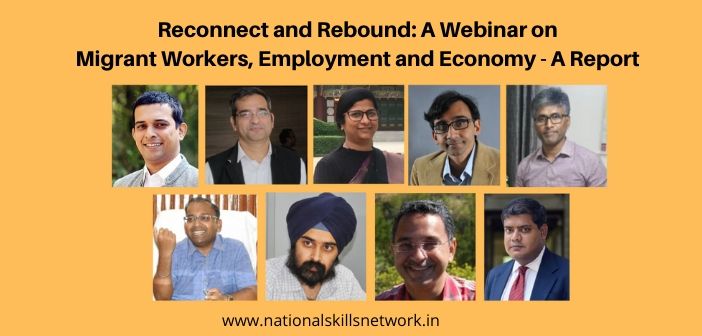
Key takeaways from the APU COVID-19 Livelihoods survey
Prof. Amit Basole is Associate Professor of Economics at Azim Premji University, Bangalore (for details watch the above video: 17.53 – 31.40)
 “Azim Premji University (APU) conducted a series of research studies to understand the migrant crisis. Massive loss of employment was seen to be more severe in urban areas than rural. The most affected groups were the women, Muslim community and the migrants. The sudden loss of employment, lack of social safety net and trauma of forced relocation have been experienced by very large number of Indians.
“Azim Premji University (APU) conducted a series of research studies to understand the migrant crisis. Massive loss of employment was seen to be more severe in urban areas than rural. The most affected groups were the women, Muslim community and the migrants. The sudden loss of employment, lack of social safety net and trauma of forced relocation have been experienced by very large number of Indians.
It was also observed that there are currently two dilemmas for the workers, either to go back to their workplaces or stay at home for an uncertain future.
Three lessons learnt during the pandemic
- Decentralisation and participatory data generation is necessary
- Enhanced and portable social security, reduction in precarity is urgent
- Unique opportunity to refocus on regional imbalances in development.
We largely believe that the majority of the workers do not have any skills. But the workforce does possess skills and the reality is that we have to build upon existing skills, including on-the-job training. The proof for this comes from the skill mapping that states have done. It shows that the skills are wide spread.
A bold and long-term idea or solution for this would be to reimagine the urbanisation itself.“
Perspective of Labour Supplier States on returned migrants
Mr. D. Balamurugan, IAS, is the CEO and State Mission Director, Jeevika, Bihar Rural Livelihoods Promotion Society (BRLPS), Bihar (for details watch the above video from 32.40 – 45.53)
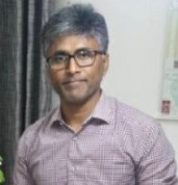 “Bihar is estimating that about 30 lakh migrant workers have returned to the state. The government of Bihar started by providing a helpline number for people who were returning from various states. An app was created where workers could register their details like bank account. More than 20 lakh people were paid through this app.
“Bihar is estimating that about 30 lakh migrant workers have returned to the state. The government of Bihar started by providing a helpline number for people who were returning from various states. An app was created where workers could register their details like bank account. More than 20 lakh people were paid through this app.
Once the trains have started, the state started receiving two lakh persons per day. For them we set up relief centre kitchens, quarantine centres were set up. Dignity kits which had basic essentials like tooth brush were also provided. Skill mapping of over 18 lakh people has been done so far. It was seen that potential employees with skillset were mostly in the fields of construction, tailoring, cooking and driving.
We also created a portal called as Samsadhan, where details of these potential employees is available. We also provided the data of employers and job vacancies. Job matching has been done based on the skillsets of the employers and their location. Apart from this, districts were also told to find jobs that are suitable for the location. Through Jeevika, we are including those families which are eligible to be part of SHGs but are not yet part of them.“
Mr. Kunal Silku, IAS, Mission Director, Uttar Pradesh Skill Development Mission (UPSDM) (for details watch the above video from 47.41 – 1.02.43)
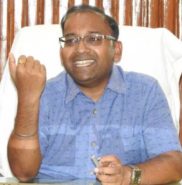 “The state of Uttar Pradesh undertook three-pronged strategy
“The state of Uttar Pradesh undertook three-pronged strategy
- Shelter homes: Migrants were received in these homes and skill mapping was done
- At village level, we set up Nigrani committees and advised the migrants coming from various states to home quarantine themselves
- Through Employment Directorate, data was collected and confirmed through Rahat Mitra App.
The state has collected data for skill mapping in more than 100 skills for about 33 lakh migrants. It was found out that over 15 lakh migrants were skilled or semi-skilled and over 10 lakh people were unskilled. Some of the tops skills recognised here are painters, construction workers, tailors, and carpenter.
We established Rojgar Aayog for the welfare of these migrant workers. We created Sewa Mitra app and Sewa Mitra Portal, to provide them with employment at the local level within the state.
To encourage and support self-employment, we have launched CM Yuva Hub and Aabha – Aatmanirbhar App. Apart from this, skill gap analysis has been done. Courses have been identified for reskilling and upskilling of the migrant workforce.
To ensure social security for the migrant workers, the government is providing them with pension, housing and insurance. They will also be eligible for schemes under Building and Other Construction Workers (BOCW).“
Reconnecting jobs for economic revival
 Mr. Supreet Singh Gulati IAS, Mission Director, Gujarat Skill Development Mission (GSDM) (for details watch the above video from 1.03.50 – 1.17.1)
Mr. Supreet Singh Gulati IAS, Mission Director, Gujarat Skill Development Mission (GSDM) (for details watch the above video from 1.03.50 – 1.17.1)
“Gujarat is an industrial state and has many people coming in from various states. Gujarat was one of the first states to start Shramik express to send migrant workers back to their home states.
Gujarat had about 20 lakh people leaving the state during to lockdown. Past two months has seen reversal of migration of the last decade. Half of the migrants live only in one district, i.e., Surat. Surat has seen a crisis, in catering to this large migrant population. About 10 lakh were to be fed twice, every day.
Another city with large number of migrant population is Ahmedabad. Not just shop-floor people that makes up the migrant population, but also the pani puri sellers, vegetable vendors, etc.
Currently, Gujarat faces these two challenges
- One is of course the Coronavirus pandemic
- The other is the lack of demand in the industries. Therefore, we must look at how to kick-start the demand, so that industries can employ more people.
Mechanisms of skill development for reviving the demand
- There must be aspirational value for the job roles
- Suitable pay for the job must be provided
- We should make sure that the workers are not hired by the contractors but the companies itself
Models of skills development that we can adopt
- World class skilling institutes
- German apprenticeship model
- 3-6 months short-term skilling programs
- Industry and academia should go hand-in-hand not just during the placement phase, but from the beginning of recruitment phase to core training and even after the training. It is easy to reach large industries for placement. But we must reach large number of MSMEs to employ the trained personnel.”
Governance of Migration: applying past learning to current reverse migration
 Mr. Sanjay Awasthi, Head of Office, International Organization for Migration (IOM) (for details watch the above video from 1:18:00 – 1:28:57)
Mr. Sanjay Awasthi, Head of Office, International Organization for Migration (IOM) (for details watch the above video from 1:18:00 – 1:28:57)
“2030 sustainable development goals mention migration as the powerful driver for sustainable development for migrants and their communities. IOM supports governments into mainstream migration as a part of local and national policies. While migration policies are usually done at the national level, but the national-only policy fails to address the developmental impact at the local level. The most profound impact of the governance is felt at the local level.
Ways in which IOM helps governments in tackling the migration
- IOM tracks and monitors the displacement and population mobility through tracking, flow monitoring, registration and surveys.
- IOM has also developed a MigApp. It provides accurate and comprehensive migration related information in desired language. Governments can provide information directly to the migrants through this app.
IOM experience with migrant’s support
- Implementation of Poverty Reduction through Safe Migration, Skills Development and Enhanced Job Placement (PROMISE) in countries like Cambodia, Myanmar and Thailand.
- In Bangladesh, we have been implementing successful reintegration and improved migration governance.
Some of the ways to ensure welfare of migrants
- Multi-level reintegration program that supports tailored and sustainable reintegration of migrants
- Reintegration and skill development must be dovetailed with psychological support initiatives, reintegration of migrant communities and families
- Gender-focussed interventions that assess and needs of the women migrant workers
- Aatma Nirbhar Bharat Abhiyan, MGNREGA and urban employments schemes play a very important role.“
Conclusion and key takeaways from the webinar
Prof. Sankarshan Basu, Finance and Accounts Ar ea, IIM Bangalore (for details watch the above video from 1.44.31 – 1.49.54)
ea, IIM Bangalore (for details watch the above video from 1.44.31 – 1.49.54)
“All the presentations from the state representatives and IOM have shown local solutions for the migrant crisis successfully being implementing. Every state, whether it is a labour surplus state or labour consuming state is addressing this crisis.
Major takeaways from the webinar
- Rethink and relook at skilling. We need to reskill the existing workforce to match the person with industry requirement
- There is a need to create a social security network
- We should have aspirational migration but not desperate migration
- We must reconnect with all the migrants. When the all migrants are brought into this circle, the whole concept of reconnect and redesign becomes successful. This could lead to convergence between labour surplus and labour consuming states.“
Related article: “Rebuilding broken employment networks in India” by Prof. Arnab Mukherji and Prof. Sankarshan Basu
“……Past attempts towards a national platform for labour has not engaged with the complexity of state specific challenges that are fundamental to the current challenge. We argue that a national IT platform that integrates each of the state specific apps or big data platforms is a critical need of the hour. This national resource could not only match job seekers to employers, but it can be designed to be internally consistent with governance norms of each state. ” Read more here.





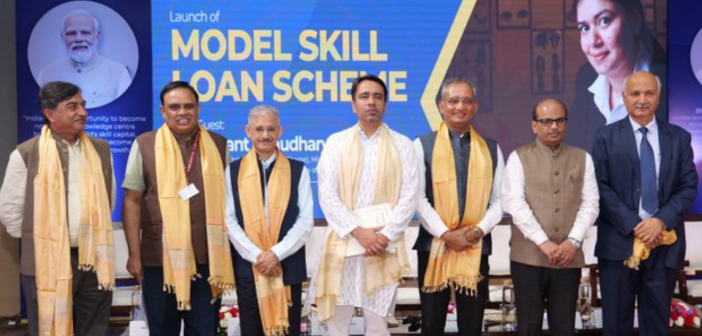

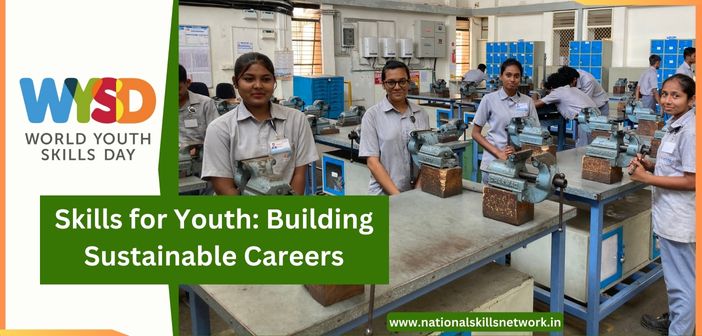
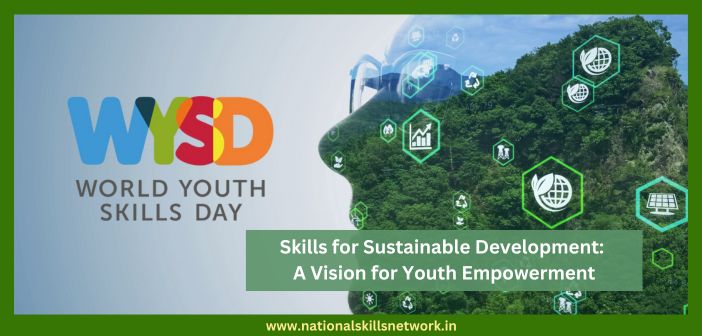
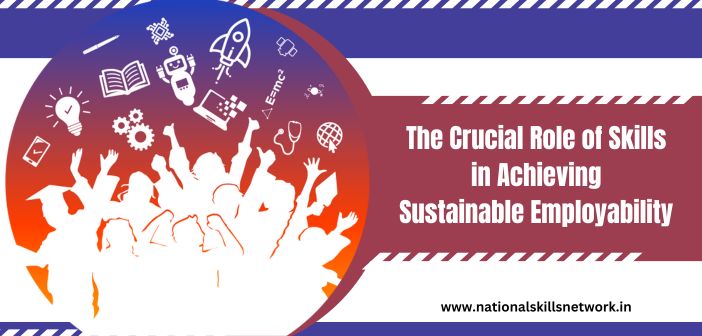
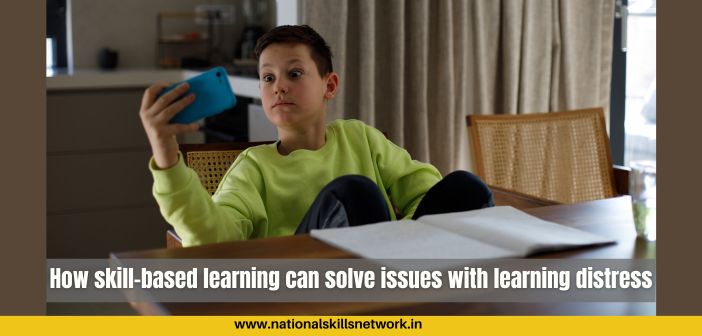
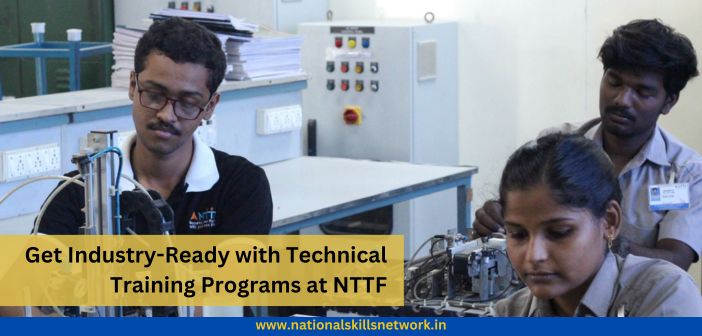

Comments 1